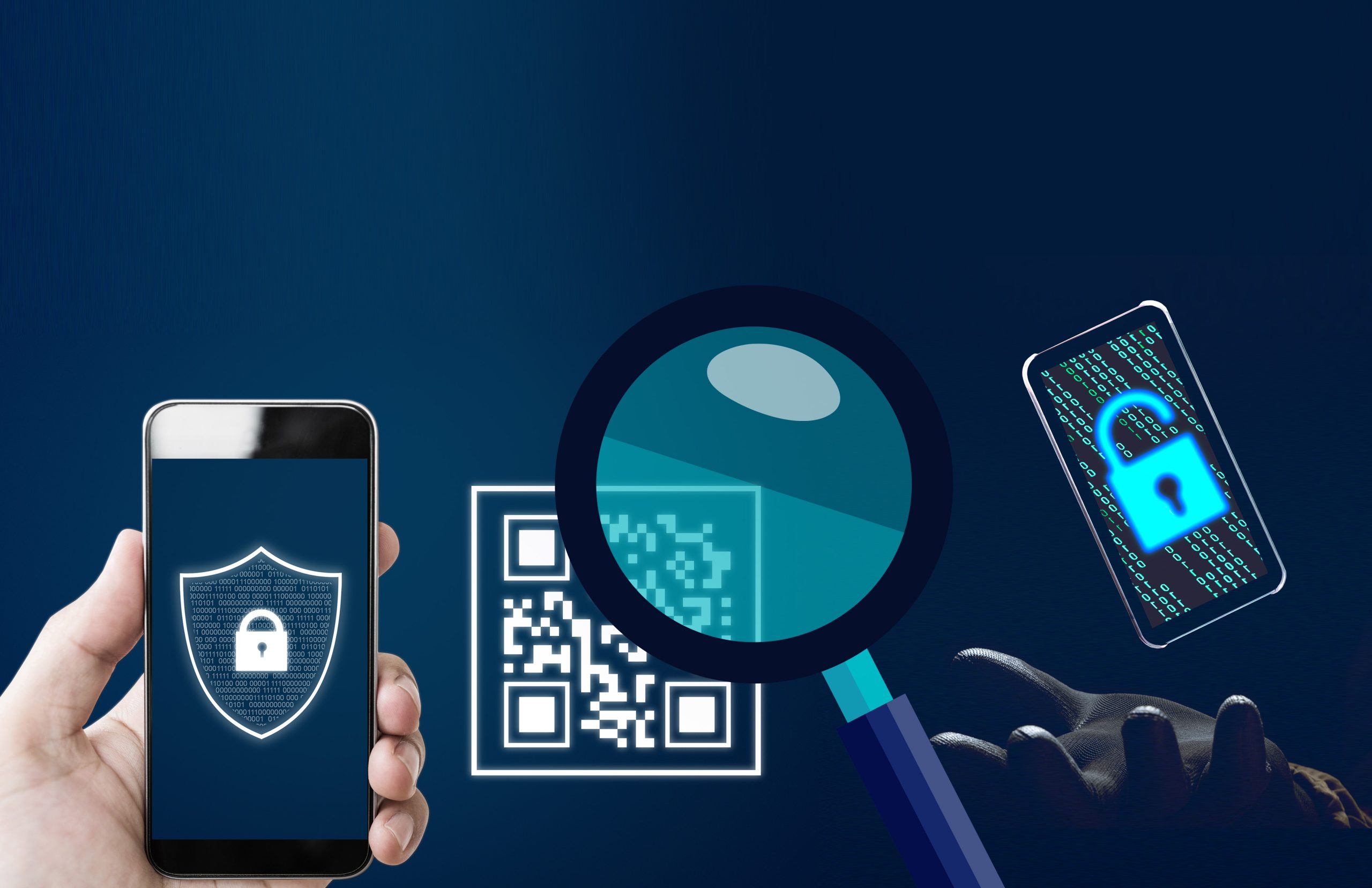Introduction:
In an era dominated by digital technology, Quick Response (QR) codes have emerged as a ubiquitous and versatile tool, revolutionizing the way we access information, interact with businesses, and share data. Initially developed in 1994 by Denso Wave, a subsidiary of Toyota, for tracking automotive parts, QR codes have transcended their industrial origins and become an integral part of our daily lives. This article delves into the fascinating world of QR codes, exploring their history, functionality, and the diverse array of applications that make them an indispensable feature of modern society.
The Origin and Evolution of QR Codes:
QR codes were created by Masahiro Hara, an engineer at Denso Wave, with the primary goal of efficiently tracking automotive parts during manufacturing. The term “Quick Response” reflects the code’s ability to provide quick access to information. Unlike traditional barcodes, QR codes can store data in two dimensions, allowing them to hold significantly more information.
Over the years, QR codes have undergone several updates, with the most common version being the QR Code Model 2. These square-shaped codes consist of black squares arranged on a white background, and their design accommodates error correction, enabling the retrieval of information even if the code is partially damaged or obscured.
Functionality and Structure:
QR codes operate on a simple principle: encoding information in a matrix of black and white squares. Each QR code is comprised of three essential elements:
- Finder Patterns: Located at the corners of the code, these patterns help scanners identify and orient the code correctly.
- Alignment Patterns: Scattered throughout the code, these smaller patterns aid in maintaining accuracy during scanning.
- Timing Patterns: Horizontal and vertical lines that separate the data cells, ensuring proper decoding.
The code’s data is stored in modules, with each module representing a binary value. The arrangement of these modules forms the unique pattern that scanners interpret to extract information.
Applications in Everyday Life:
QR codes have found extensive use in a myriad of industries, enhancing convenience and efficiency for businesses and consumers alike. Some common applications include:
- Mobile Payments: QR codes facilitate seamless transactions through mobile payment apps, allowing users to make purchases, transfer funds, and conduct financial transactions with a simple scan.
- Marketing and Advertising: Businesses use QR codes in marketing materials to provide instant access to websites, promotional content, or exclusive offers, connecting the physical and digital worlds.
- Ticketing and Boarding Passes: Events, airlines, and transportation services leverage QR codes for ticketing and boarding passes, eliminating the need for physical tickets.
- Contactless Menus: In the wake of the COVID-19 pandemic, QR codes gained popularity for contactless menu access in restaurants, minimizing physical contact and ensuring a hygienic dining experience.
- Product Information: Manufacturers use QR codes on product packaging to offer consumers quick access to detailed information, user manuals, and customer support.
Future Trends and Innovations:
As technology continues to evolve, so do the applications of QR codes. Some emerging trends include:
- Dynamic QR Codes: Unlike static QR codes, dynamic codes allow for real-time editing of the encoded information, providing greater flexibility and security.
- Augmented Reality Integration: QR codes are increasingly being used in conjunction with augmented reality (AR) to create immersive and interactive experiences.
- Healthcare and Identification: QR codes are playing a vital role in healthcare, from vaccine verification to patient records, contributing to the digitization and efficiency of the healthcare system.

